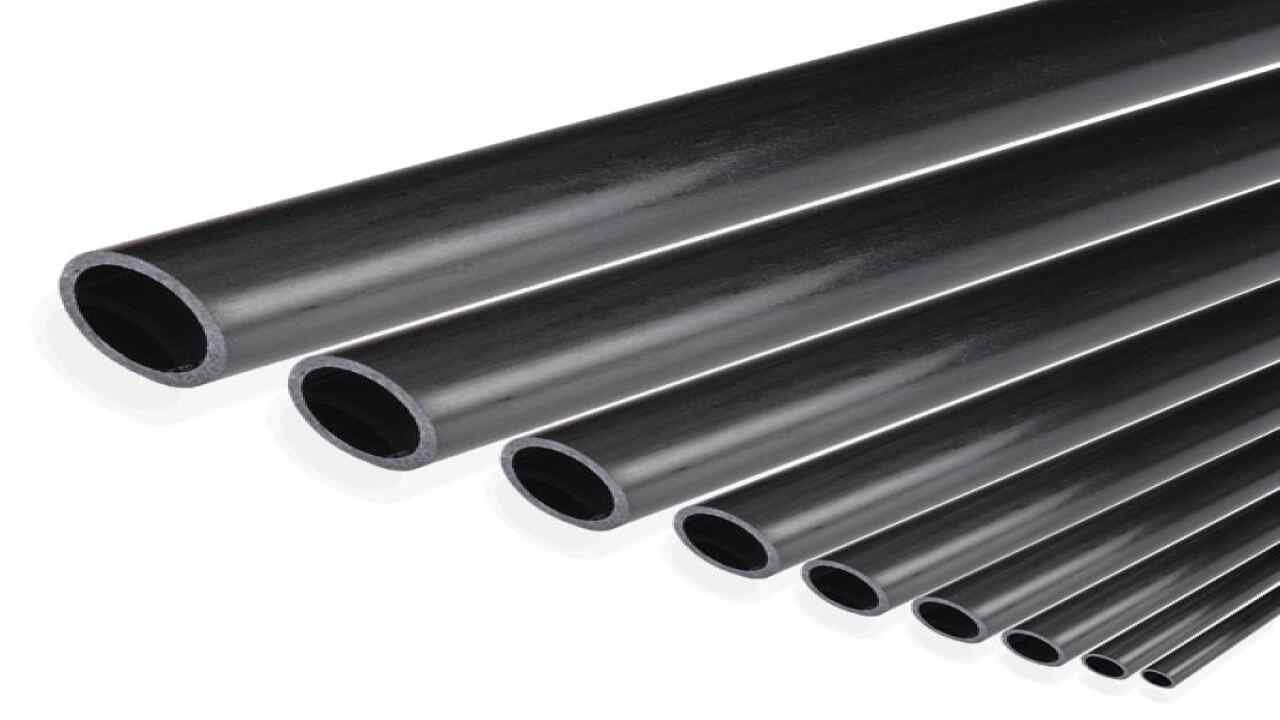Carbon fiber is one of the most ideal materials for a large number of applications where its strength, hardness, lightness and excellent fatigue performance are the most important characteristic, as it is used in extreme temperatures and chemically inert and high damping applications, it is widely used in commercial, civil, recreational, industrial and transportation markets, approx. 85% to 90% of the fibers are polyacrylonitrile and the remaining fibers are rayon or petroleum film.
Carbon fibers have been applied to aircraft and spacecraft. Carbon fibers such as Kevlar fibers are a material used in the manufacture of bulletproof vests and protective covers. Together with glass fibers, it is the strongest composite material, with high strength and good functionality.
What is carbon fiber?
Carbon fibers are made from synthetic organic polymers called polyacrylonitrile (PAN), which are formed into long, tightly bound carbon atoms called filaments or chains and gain strength when held together like filaments, which can then be spun into a fabric or added to resin. The fiber industry has its own unique design imprint on the properties of carbon fibres, which means production methods can be confidential and protected.
What are the advantages of carbon fiber?
The ability of any material to reduce weight while maintaining strength is very important, for example in the automotive field, reducing the weight of a vehicle can reduce fuel consumption and reduce emissions without compromising performance or safety. Carbon fiber-reinforced composite products offer a wide range of practical advantages, with cost savings due to quick installation, wear resistance and low maintenance and operating costs.
What industries use carbon fibres?
Luxury bike tires.
Formula 1 chassis.
fan blades.
Aircraft parts.
Aircraft fenders.
tubes.
Auto components.
energy cabinets.
Since the carbon fiber manufacturing process is relatively difficult and expensive, there is a need to slow down in some areas, so cost cutting could make carbon fiber a viable solution in non-luxury production sectors such as passenger cars and a variety of clean energy applications, with many suppliers continuing to Technology in creating new low-cost carbon fiber composite products.


Share
- Comments